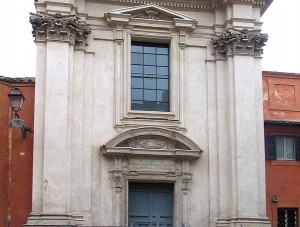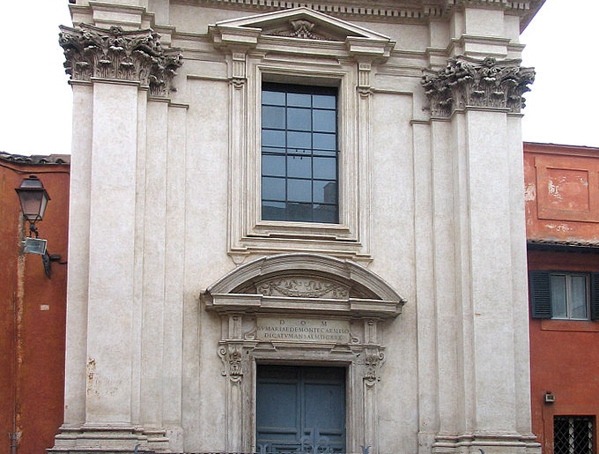
Some stories worth sharing involve more than one individual or one family. Sometimes they involve a community, and a untraditional one at that.
I first heard about the Community of Sant’Egidio from the audio version of Thomas Cahill’s Desire of the Everlasting Hills: The World Before and After Jesus, published in 1999. Its cassettes–yes, cassettes, not CDs–more than kept me awake during a 10-hour drive to New Mexico a few years ago. I found the audiobook enchanting, especially the conclusion. There, told in the lilting accent of professional reader Brian F. O’Byrne, was a short anecdote about a group of well-to-do Roman high school students in 1968. According to Cahill, they “decided during that year of student uprisings throughout Western Europe that they, too, wanted to do something revolutionary, something that would have permanent effect, not something that would vanish without trace. They wished to live in Rome as the early Christians lived there.”
Cahill devotes five and a half pages in the paperback version of his book to the unfolding story of the community those students founded, the Community of Sant’Egidio. “They began to gather each night to pray together and read from the Bible, especially from the Gospel. They reflected on the Gospel and they did what the Gospel impelled them to do…They do not live together; they have normal jobs and normal lives. They have only one slogan that I am aware of: ‘The Gospel and Freedom.'”
Cahill describes the ongoing activities of the Community of Sant’Egidio in Rome–it’s nightly gathering for prayer and song and meals together, sit-down dinners for the homeless, a Christmas banquet open to all, three refuges for the elderly, two AIDS hospices, after-school programs, free language programs for immigrants, and its publication of a guidebook on “Where to Eat, Sleep, and Wash in Rome.” According to its website, the Community now has members in more than 70 countries worldwide.
When I worked in Barcelona, Spain, from 2007-08, it took considerable effort for me just to track down the address of the Community’s local branch in order to arrange a meeting with one of its leaders. Although my schedule and prior commitments made volunteering with Sant’Egidio impossible, I remember how unassuming the Barcelona branch of the community was. Its headquarters was only blocks from the studio where I worked in the El Raval district, but I walked past its unmarked door several times before I determined I was at the right place. I took the Community’s disinterest in marketing and the unassuming nature of the volunteers I met to be an encouraging sign, and although I’ve failed to remember her name, I was impressed by the leader who ticked off for me the community’s local efforts to help people in need.
“The Community of Sant’Egidio is both a forerunner and an example of many thousands of similar locally based congregations with a worldwide reach,” writes Harvard University professor of divinity Harvey Cox in his book The Future of Faith. “Its members not only travel around the globe and bring people to Rome to negotiate peace agreements; they also make friends with the poor, the mentally disabled, and the lonely elderly in Rome itself.”
The Community had 50,000 members worldwide in 2007, according to the BBC News. In its brief but full history, the Community of Sant’Egidio has been recognized by the Vatican as a Church public lay association, earned an address from Pope John Paul II, been nominated for the Nobel Peace Prize, commissioned its own prayerbook and recently received a letter of congratulations from President Barack Obama.
In 2008, Time Magazine featured the Community’s primary founder, Andrea Riccardi for his influence in brokering peace deals to end conflicts worldwide. He was named to the new Italian cabinet last November. Although Riccardi has been criticized for his undisputed power within the Community, the most significant aspect of Sant’Egidio might be that its efforts are undertaken almost exclusively by lay people and volunteers.
“If there is no magic in the people of Sant’Egidio, there is much goodness,” Cahill writes in Desire of the Everlasting Hills. “It is a goodness cultivated as any quality must be cultivated—with practice and attention—and, no doubt, in their case, with grace from above; and it has transformed the lives of countless human beings in Trastevere, in Rome, in Italy, and far beyond. But the only mystery here is the mystery of human will. Anyone on earth could do what they have done.”
To learn more about The Community of Sant’Egidio and its many current initiatives, browse through its website.



What would it take for us to live out something like this, here in the burbs?
Are there any of these communities here in the U.S.?